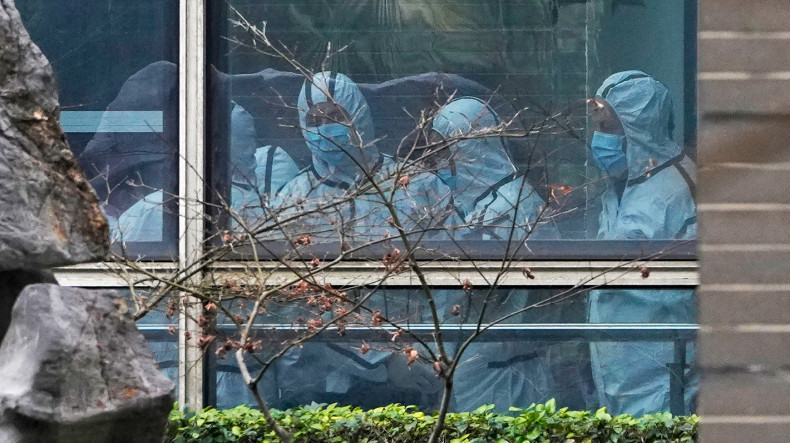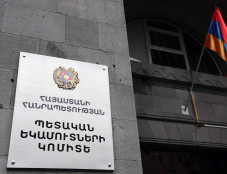
WHO report says animals likely source of COVID-19
A joint WHO-China study on the origins of COVID-19 says that transmission of the virus from bats to humans through another animal is the most likely scenario and that a lab leak is “extremely unlikely,” according to a draft copy obtained by The Associated Press.
The findings were largely as expected and left many questions unanswered, but the report provided in-depth detail on the reasoning behind the team’s conclusions. The researchers proposed further research in every area except the lab leak hypothesis.
The report’s release has been repeatedly delayed, raising questions about whether the Chinese side was trying to skew the conclusions to prevent blame for the pandemic falling on China. A World Health Organization official said late last week that he expected it would be ready for release “in the next few days.”
The AP received what appeared to be a near-final version on Monday from a Geneva-based diplomat from a WHO-member country. It wasn’t clear whether the report might still be changed prior to its release. The diplomat did not want to be identified because they were not authorized to release it ahead of publication.
The researchers listed four scenarios in order of likelihood for the emergence of the virus named SARS-CoV-2. Topping the list was transmission through a second animal, which they said was likely to very likely. They evaluated direct spread from bats to humans as likely, and said that spread through “cold-chain” food products was possible but not likely.
The report is based largely on a visit by a WHO team of international experts to Wuhan, the Chinese city where COVID-19 was first detected, from mid-January to mid-February.
Newsfeed
Videos






























